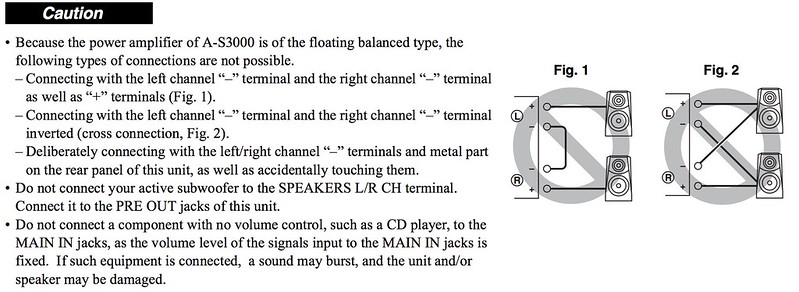Mat C
pfm Member
Hi, in my previous post I mentioned I am about to upgrade from stand mounted speakers to floor standing speakers, and there are many advice to add a sub instead.
I now use Luxman CL-38u and MQ-88u. The preamp has 2 output, one connected to the power amp.
I had not played subwoofer for a decade since changed from 5.1 to stereo, and realize nowadays sub has high level input. I wonder for music would high level input be better than low level input? What is the advantage or difference?
Thank you.
I now use Luxman CL-38u and MQ-88u. The preamp has 2 output, one connected to the power amp.
I had not played subwoofer for a decade since changed from 5.1 to stereo, and realize nowadays sub has high level input. I wonder for music would high level input be better than low level input? What is the advantage or difference?
Thank you.


